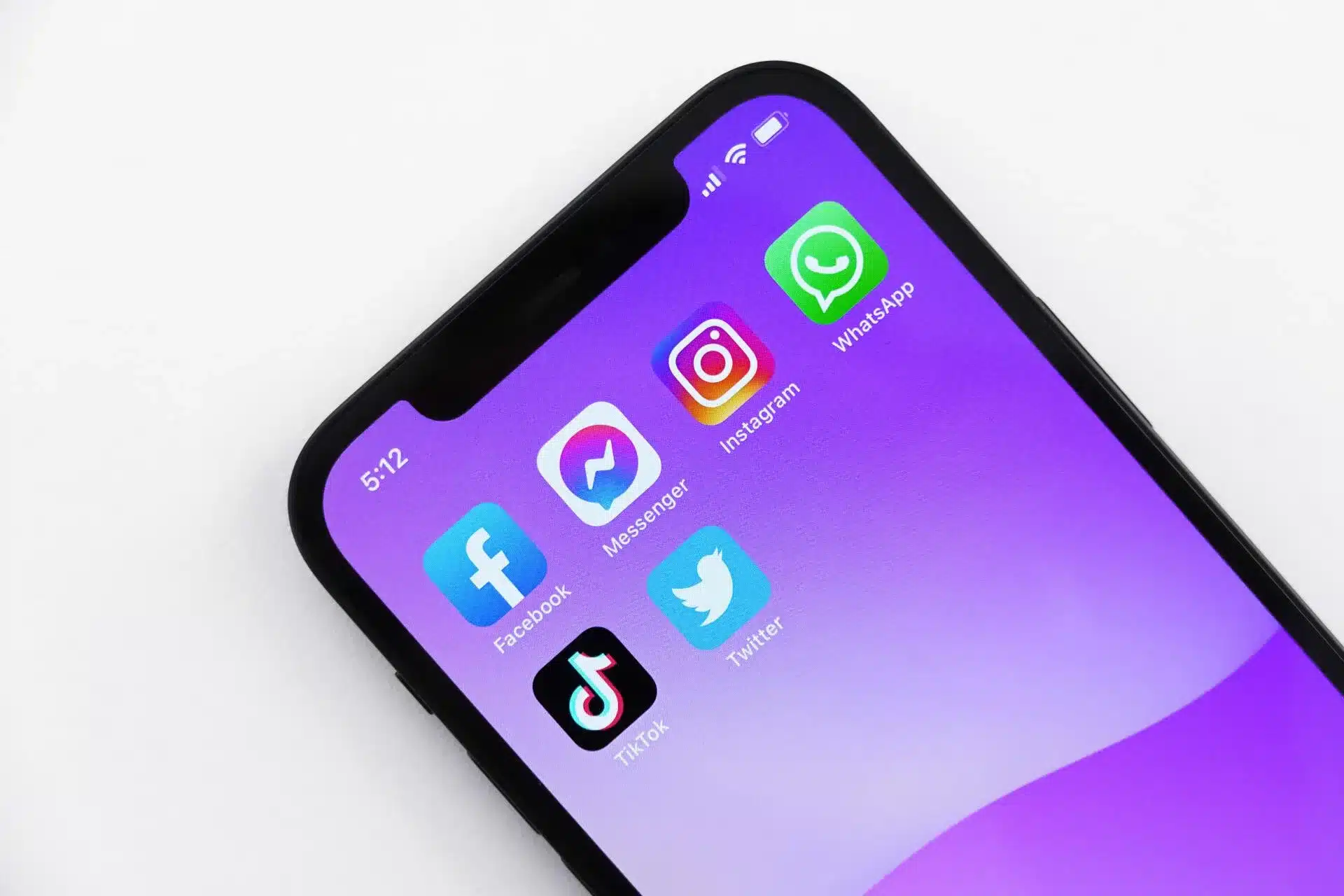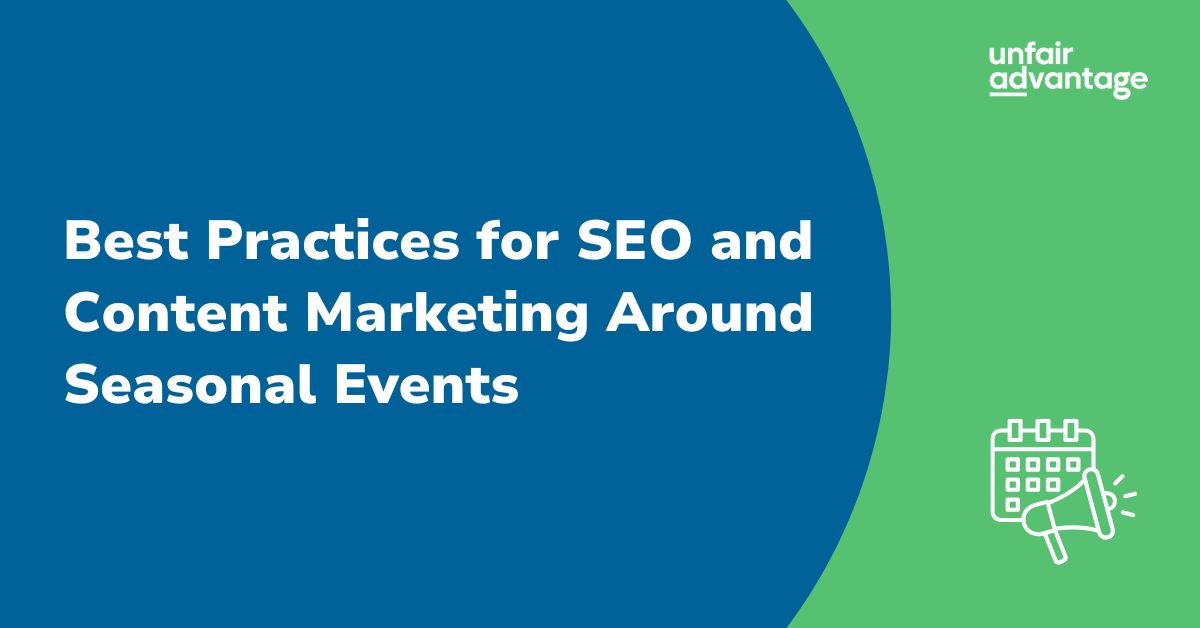
Does Social Paid Media Work for B2B Lead Gen?
Does social paid media work for B2B lead gen? We’ve found that it can. While many are hesitant to test social paid media for lead generation in general, let alone B2B lead generation, platform updates have made this channel a great new option for expansion. Platforms like Facebook and LinkedIn have expanded to include specific “lead generation” campaign types – with forms embedded into the platform that make it easy to reach your target audience. We’ve seen success for our B2B clients who test and expand into social for lead generation when they:
- Use the lead form section within the desired platform, preferably linking to and downloading the leads into your CRM
- Take advantage of the range of audience possibilities and test different audience options and combinations
- Continue testing ad copy and audience options as leads come in to improve your results
Read more below to learn how to set up and test these campaign types, as well as how to measure their impact at the business level. This is a subtitle for your new post
Setting Up a Social Media Lead Gen Campaign
In most platforms, your lead gen ad will be made up of a standard ad (video, image, GIF, etc.) with a call-to-action (CTA) that links to the in-channel lead form. The standard ad creation requires minimal heavy lifting – however, the lead form creation is slightly more involved.
Within the platforms there will be a lead form section (for example, Leads Center in Facebook and Lead Gen Forms (under account assets) in LinkedIn) – this is where you can create your form. We recommend including as few form options as possible to improve your conversion rate – so think about the key fields for your business and sales team and stick to those alone. Pro tip: in channels like LinkedIn, if you stick to name, email, and company name, then the form will auto fill – making it virtually effortless for users to submit their information.

Once you have created your form, you can use it right away and manually download your leads, or, for the best insight into performance, you can link the form to your CRM system. The social platforms have numerous integrations with different CRM systems, but if you cannot find your exact system you can always use a third-party tool like Zapier to allow your lead form data to flow into your CRM.
The last step in finalizing your ads is ensuring tracking is working correctly for your forms/CRM by running a test lead. We always recommend testing before launch, so you can ensure no lead data is getting lost. Pro tip: Facebook has a great testing tool for these campaigns .
Audience Targeting & Testing
Once you have your ads ready to go, the next (and most important) step is to identify the correct target audience. Many B2B businesses’ fear in running paid media in social is that the audience will not be as qualified as a channel like search. While this is often true, by fine tuning your audiences you can ensure you are limiting your ads to the most qualified audience while still benefiting from the expansion available through these social platforms.
Think about your target audience: what job titles do they have, what interests would they associate with, is there a specific education level you want to target? All of those questions will help you create the most successful audience strategy possible. Social platforms are also great at layering audiences. For example, say you want to target retail business owners. In order to create this audience, you can layer targeting like industry and job titles together – so you target the retail industry and job title of owner. Social platforms have a ton of user levers to pull, so do not forget that combining them is sometimes your best bet at achieving your desired target audience.

Measurement & Optimizing
Once your campaigns are up and running, you will often see immediate results in the form of a high number of forms fills flowing in. This is obviously great news – you are piquing user interest and getting valuable information to use in your sales process or for retargeting down the line. However, the measurement of success does not stop there.
As mentioned above, we highly recommend linking the lead forms to your CRM system – this will allow you to have lead insight beyond in-channel reporting. While you might see a large surge of leads coming in from these campaigns, the next step is ensuring they are quality leads. We do typically see a lower MQL rate in social campaigns so you will have to combat this by constantly checking in on quality and running iterative tests on audiences and ads to ensure you are moving the needle.
Some options for fine tuning quality are:
- Refine your ad messaging to speak only to your target audience – for example, using more industry niche terms, or adding qualifying questions to your copy
- While this might result in a decline in form fills, it will weed out low quality users
- Always be testing your audiences – the great thing about social is that you can often get significant data in a short period of time due to the reach of these channels
- If you find an audience is not driving quality, pause it and test a different combination of attributes
Sample Results
Below are some metrics demonstrating the impact of expanding B2B digital marketing from search to search + social for one of our clients.

This particular client was hesitant to test social given past failure (little to no lead volume), but with the updates to campaign options in social, we were confident we could get lead volume out of this channel type for them. By working to carefully outline their target audience, customize ads/creative to the social audience, and continue to test/iterate until we found the correct targeting/creative combination, we have been able to drive positive paid media results for B2B in social for them. With similar thoughtful implementation, we’ve helped other clients experience similar results.

While some may still be hesitant to launch social for B2B, the increase in lead volume (at efficient cost, per the graphic above) is certainly worth a test. As outlined above, keeping in mind the end goal of quality leads, you can optimize your social campaigns to work for you and collect valuable information along the way.
Contact us to learn more about the Unfair Advantage approach in general to using data to improve your digital marketing results and achieve your business goals.

